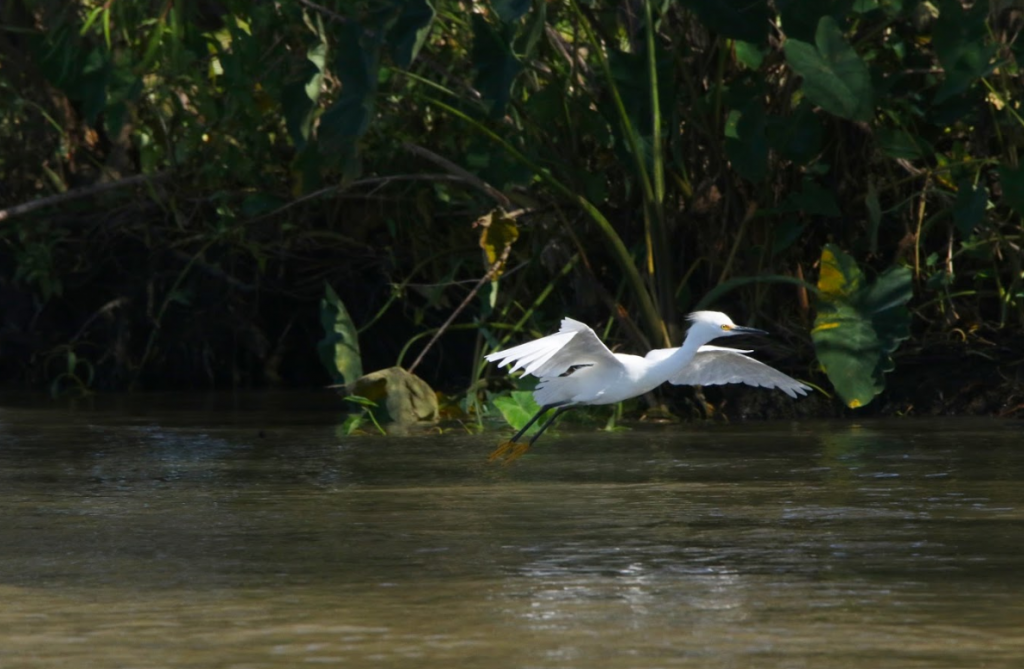Hurricane season is just around the corner, but experts are already predicting an above-average season.
Researchers at Colorado State University and meteorologists at Accuweather each released predictions indicating that the 2020 Atlantic hurricane season could be cause for concern with the potential for up to nine hurricanes and an “above-average probability for major hurricanes making landfall along the continental United States.”
Adding additional concern, water temperatures in the Gulf of Mexico are currently extremely warm, creating a recipe for intensifying storms.
Hurricane season runs from June 1 through November 30, and these latest predictions come on the heels of an especially active few seasons. 2019 had 19 named storms, making it one of the most active of all time. Meanwhile, 2017 and 2018 hurricanes caused widespread damage across Texas, Puerto Rico, Florida, North Carolina and beyond.
The silver lining is that from these storms we’ve learned lessons about how to better protect communities and build greater resilience.
One key lesson is the need to fortify our coastal natural infrastructure — such as barrier islands and wetlands — to serve as a first line of defense against storms and sea level rise.
A recent study from the University of California San Diego (UCSD) found that a square kilometer of wetlands is worth approximately $1.8 million a year on average in storm protection.
As we prepare for another active hurricane season, leaders at all levels of government should work to protect communities by restoring and protecting wetlands with urgency.
Researchers find millions in protections from wetlands
Traditionally, government at the federal, state and local levels turned to hardened infrastructure, such as levees and seawalls, to protect people and property from these threats. Today, leaders are increasingly turning to natural infrastructure like oyster reefs, barrier islands and coastal wetlands to limit the effects of climate-driven coastal flooding. As we prepare for another active hurricane season, leaders at all levels of government should work to protect communities by restoring and protecting wetlands with urgency. Share on X
Natural infrastructure solutions can work in tandem with hardened infrastructure, such as levees, as well as building codes and regulations to protect communities from flooding.
In their study, UCSD researchers looked at the value that wetland ecosystems offer as natural storm buffers for communities. They analyzed counties along the entire Atlantic and Gulf coasts that experienced impacts from at least one of the 88 tropical cycles between 1996 and 2016. The researchers concluded that wetlands plus measures like building codes result in greater protection.
In Florida, Hurricane Irma, a category-4 storm at landfall, became the costliest storm in recent history with damages approaching $50 billion. However, it could have been much worse. In the decades before Irma, Florida worked to improve building codes. As a result, 80% of the homes in the storm’s path were better prepared and overall damage was greatly reduced.
The UCSD study found that Florida could have reduced damages further — to the tune of $430 million — if it had worked before Irma to maintain nearby wetlands that were lost.
How to maximize protections from multiple types of wetlands
Different types of wetlands offer different kinds of protection.
For example, coastal marshes have the ability to reduce storm surge by acting as a first line of defense as a storm makes landfall. Swamps provide greater forested vegetation that can act as a sponge with trees that absorb the shock and velocity of water as it moves inland.
A number of factors, such as a wetland’s location, size and elevation, as well as the dynamics of the coastline and the nature of a storm, determine how effectively wetlands limit damage.
Planners should consider all these factors when restoring wetlands to ensure they can maximize protections.

Beyond storm protection, wetlands deliver immense value by providing fish and wildlife habitat, space for recreational activities, carbon sequestration and filtration for sources of runoff. The U.S. Fish and Wildlife Service estimates that 43% of federally threatened or endangered species directly or indirectly rely on wetlands for survival.
States must develop plans to restore wetlands before the next storm hits
More states are building coastal resilience plans guided by science and modeling to identify solutions, such as wetland restoration, to better protect people and property from coastal flooding.
Superstorm Sandy devastated New York and New Jersey in 2012, resulting in $70.2 billion in damages. Recently, the New Jersey Department of Environmental Protection and Rutgers University released a study that showed how seas could rise by an additional six feet in the Garden State. This is why New Jersey has taken the initiative of developing a Coastal Resilience Plan to guide policy, funding and decision-making toward solutions like natural infrastructure to make communities more resilient.
Coastal states need to act now — before the next storm hits and before seas rise significantly — to advance policies and make investments that protect and restore the wetlands that in turn help protect us.










2 Comments
Read the entire article & never once was Louisiana mentioned. We lose more wetlands every year than any state.
Thanks for pointing that out, we have many blogs about Louisiana if you’d like to take a look: http://blogs.edf.org/growingreturns/tag/louisiana/